Wire strands can be bunched together in any number of configurations. The higher the strand count, the more flexible the wire. Wire strands can be made from a variety of materials. Such materials include stainless steel, titanium, alloys, and, less frequently, precious metals such as gold, silver, and tungsten. Wire strands are bound in a few common ways. Read More…
Jersey Strand & Cable, Inc.
JSC, as one of the most diversified wire braid manufacturers, utilizes over 200 production machines to produce top rated wire products in ferrous and nonferrous materials. Industries that JSC serves include electronics, geophysical and communications. Their mission is to continually improve their expertise, capabilities, products and services for current and future worldwide customers.
Phillipsburg, NJ | 800-528-3900
Request for Quote

More Wire Strand Manufacturers
The least expensive type of stranding is bunched stranding, which is when strands are gathered together in no particular design or arrangement. This is an inexpensive option because it requires very little time and labor. This is also one of the most flexible wire strand configurations.
Another type of stranding is concentric stranding, when strands are arranged in a circular pattern, with each layer alternating direction and each subsequent strand growing longer. Concentric stranding is known for its mechanical strength and crush resistance.
In unilay stranding, strands are arranged in a circular pattern, but all layers are twisted in the same direction and all strands are the same length. Strands arranged thus are lightweight and allow for a small diameter.
In a rope lay arrangement, strands are gathered into cabled groups, which usually consist of seven, thirteen or nineteen strands. They are gathered in these numbers because these groups can easily be put together into a circular configuration. Rope lay is the most flexible type of stranding and is usually found in cables sizes 10 AWG and larger.
Finally, in equilay stranding, strands are twisted in alternating directions, with each layer the same length, to create a circular pattern.
Bunched, concentric, and unilay are the most common types of stranding.
These stranding processes and types are divided into stranding classes, each with different applications, starting with concentric strandings. All classes in Concentric Lay (Classes B-D) are designated to power cords, with flexibility increasing as you go down the alphabet. The following are the designations for strandings in Classes G-M (Rope Lay and Bunch Stranded): G: all cables for portable use (concentric lay), H: all cables that require extreme flexibility (concentric lay), I: apparatus cable and motor leads (bunched), K: 30 AWG copper wires; used for stationary service (bunched), and M: 34 AWG copper wires; used for constant service (bunched).
Wire strands are an excellent option for wiring when the consumer is seeking flexibility, especially in larger wire sizes. The larger the single wire, the less flexible it becomes. Thus, fine stranding becomes more necessary and practical as wires and cables get larger, as it allows for the needed flexibility that the single wire cannot provide. Aside from offering greater flexibility for routing, wire strands also boast more durability in the face of vibration and infrequent movement.

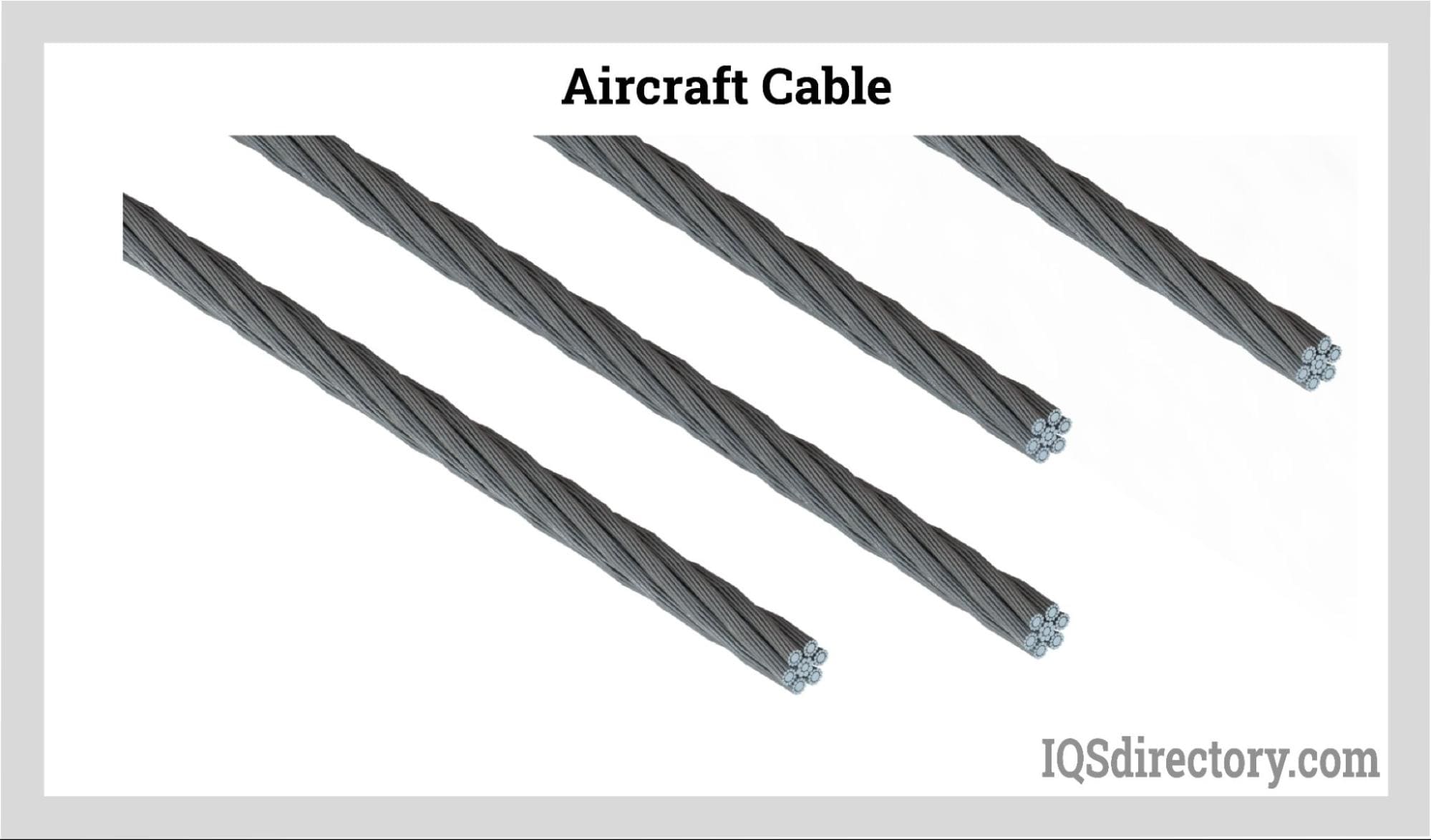
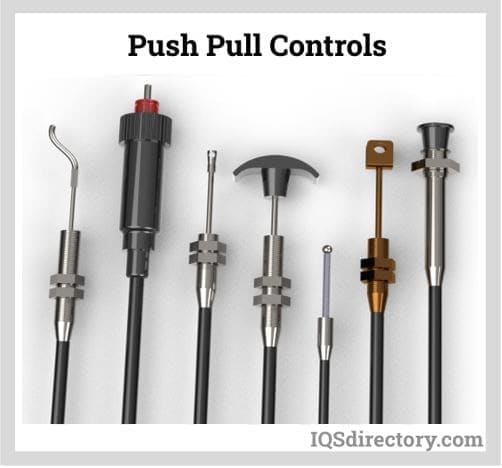
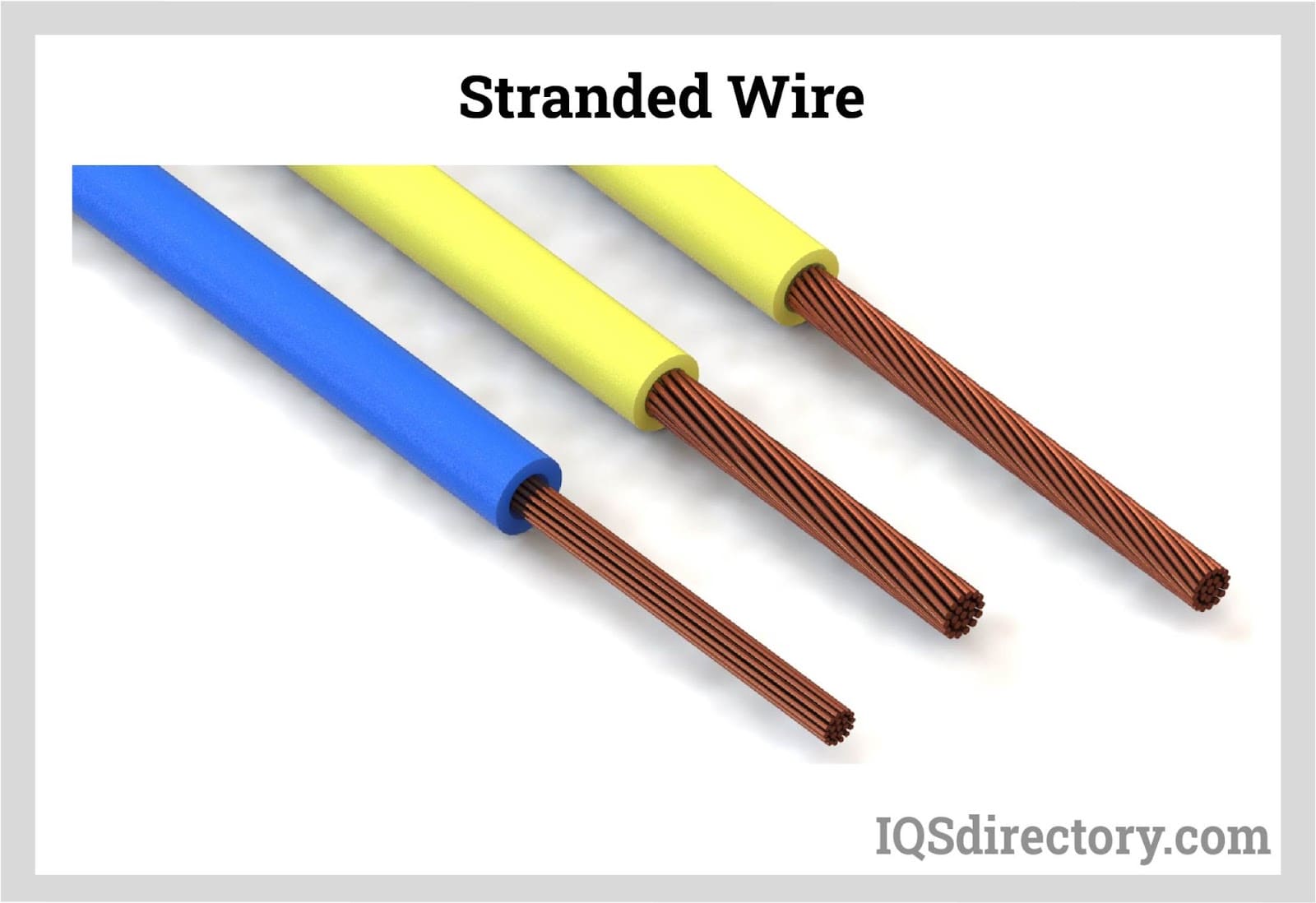
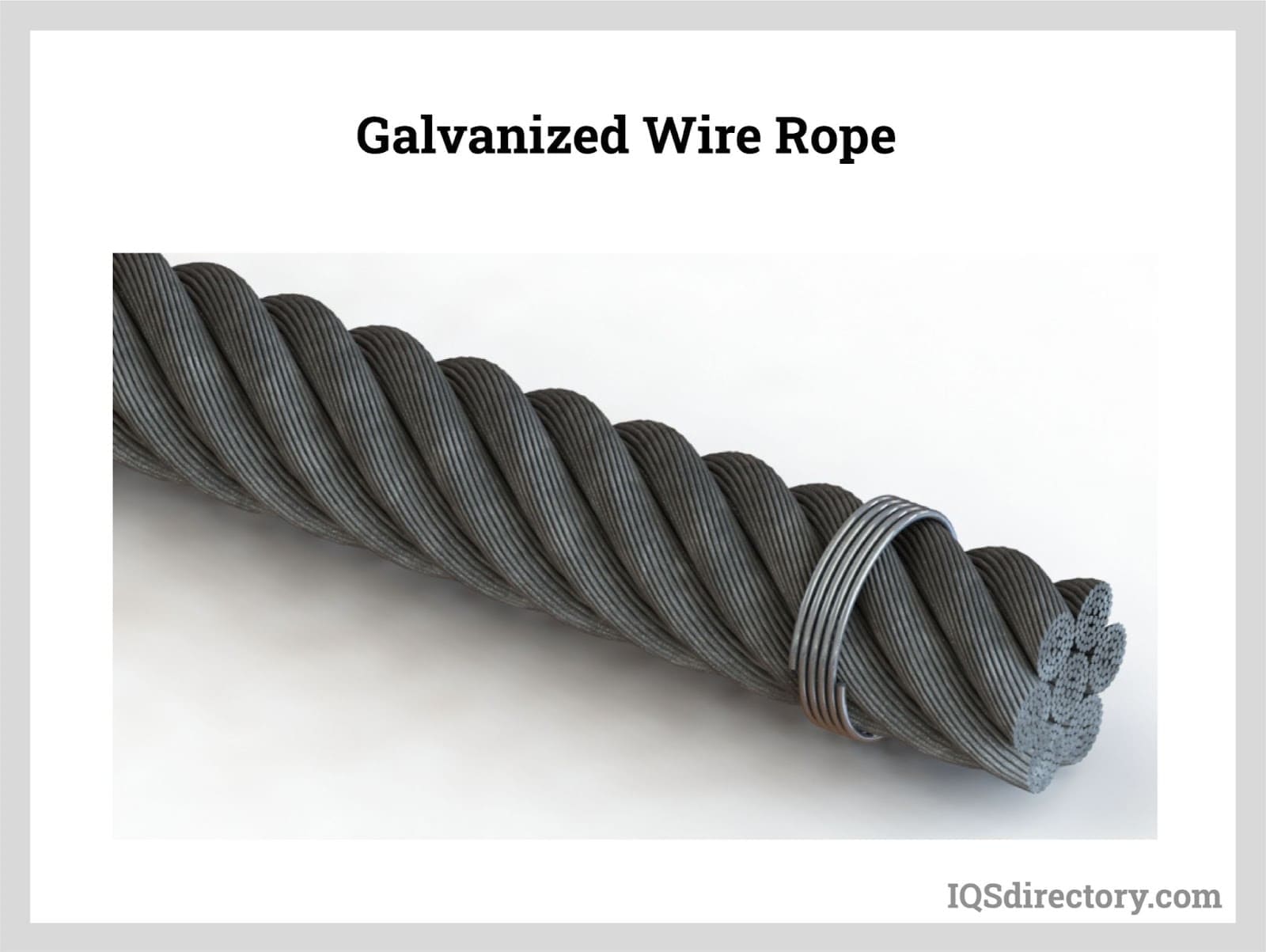

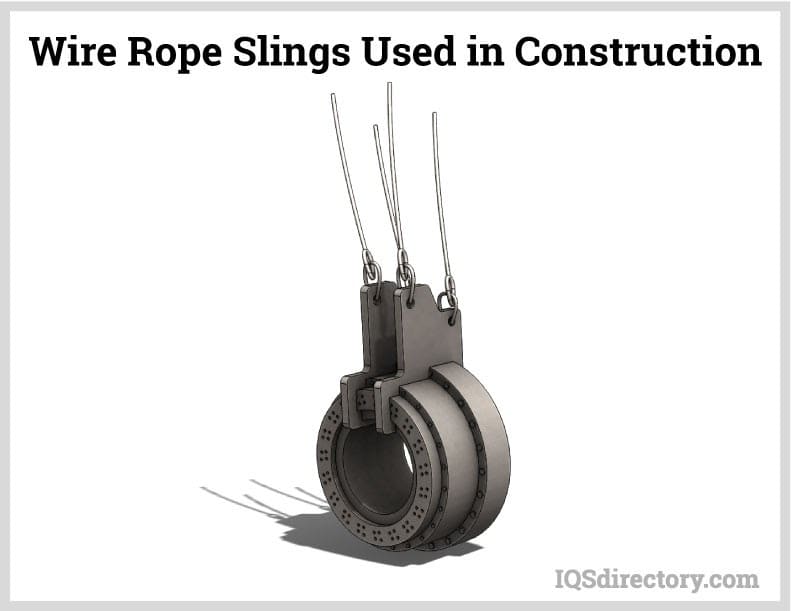
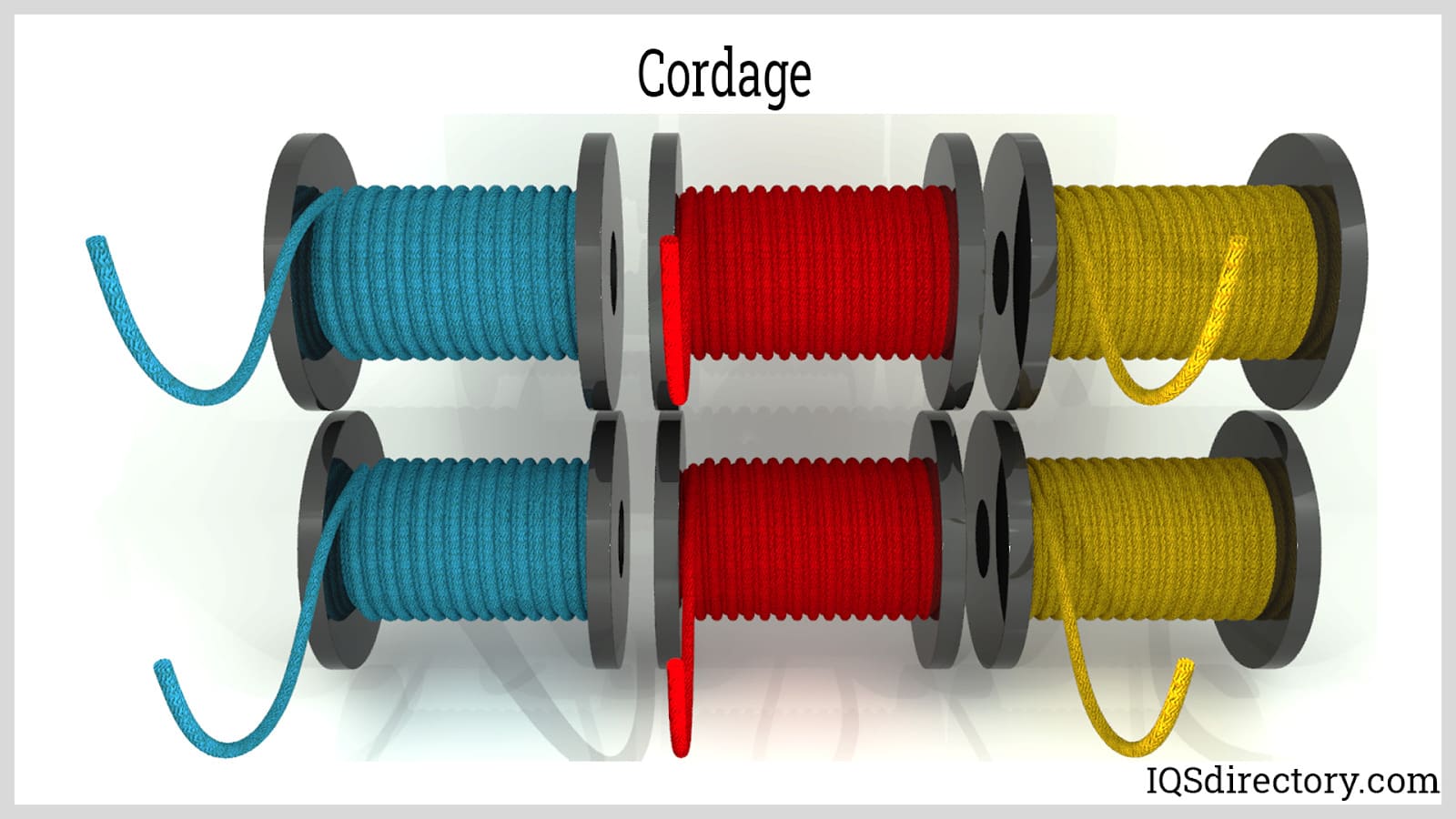
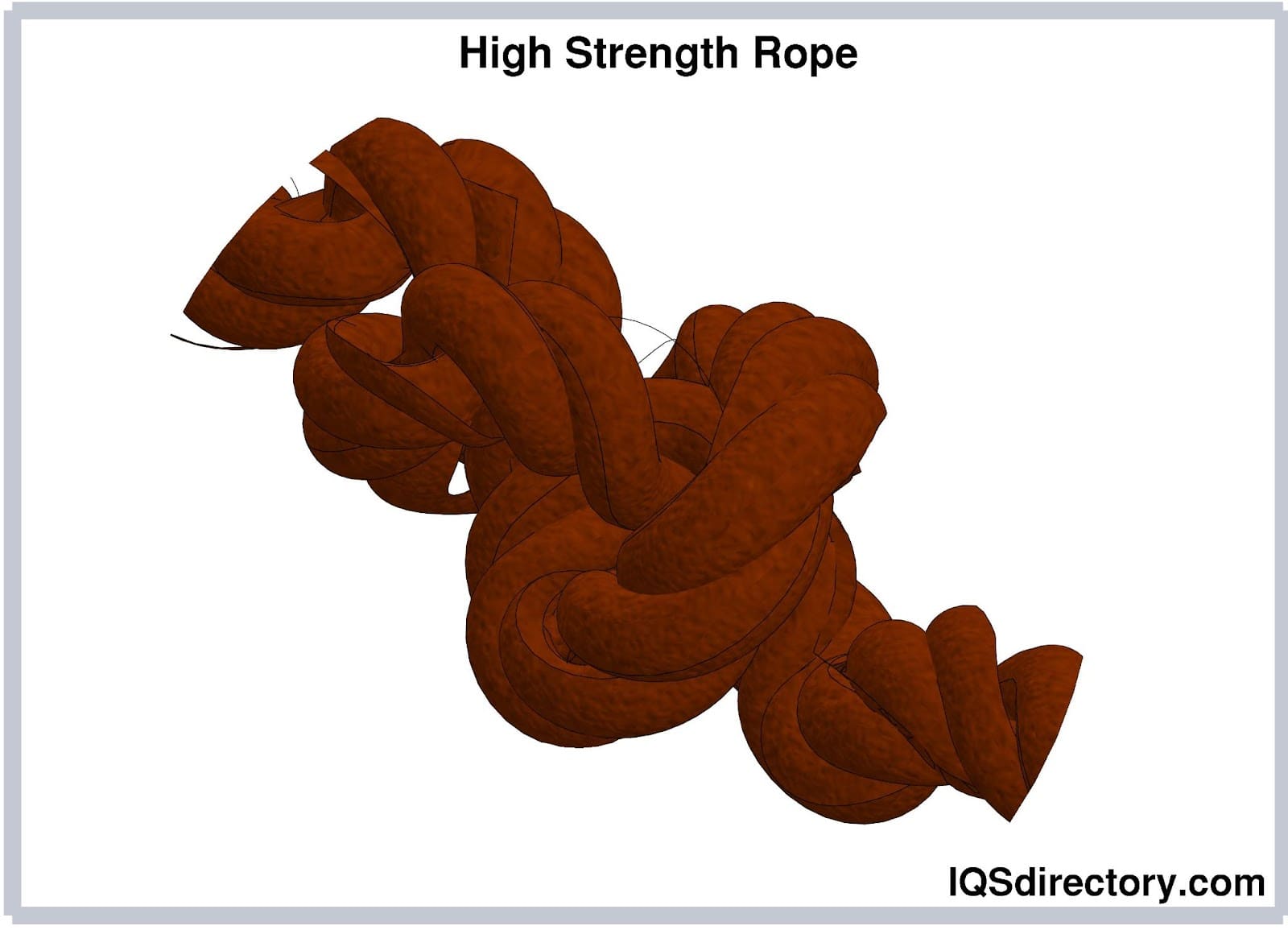
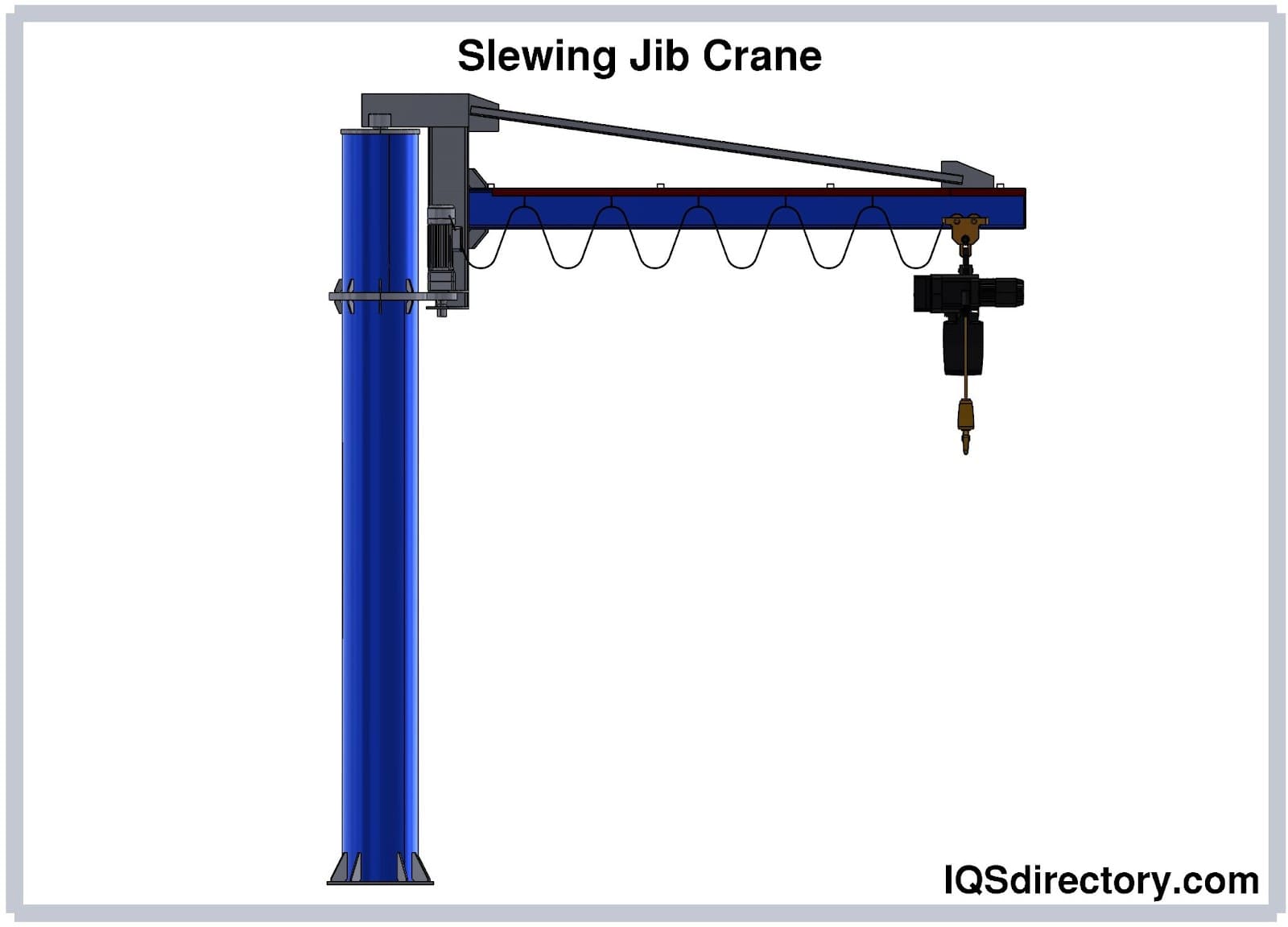
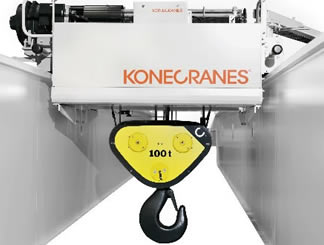 Cranes
Cranes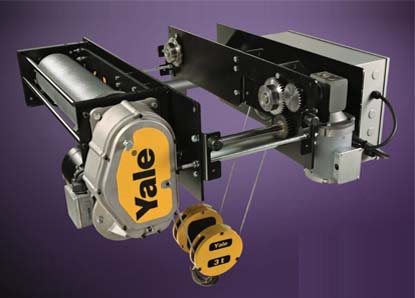 Electric Hoists
Electric Hoists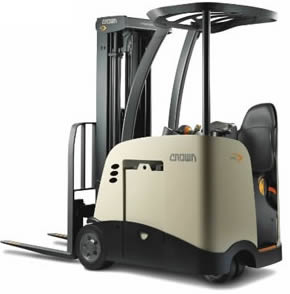 Forklifts
Forklifts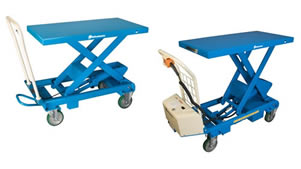 Hydraulic Lifts
Hydraulic Lifts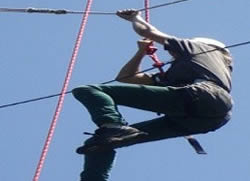 Rope
Rope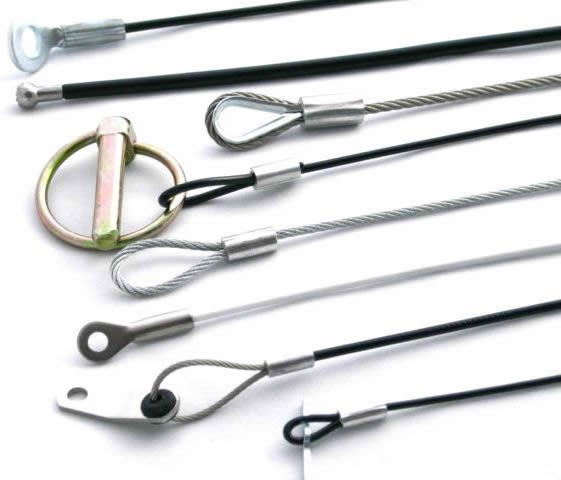 Wire Rope
Wire Rope Castings & Forgings
Castings & Forgings Bulk Material Handling
Bulk Material Handling Electrical & Electronic Components
Electrical & Electronic Components Flow Instrumentation
Flow Instrumentation Hardware
Hardware Material Handling Equipment
Material Handling Equipment Metal Cutting Services
Metal Cutting Services Metal Forming Services
Metal Forming Services Metal Suppliers
Metal Suppliers Motion Control Products
Motion Control Products Plant & Facility Equipment
Plant & Facility Equipment Plant & Facility Supplies
Plant & Facility Supplies Plastic Molding Processes
Plastic Molding Processes Pumps & Valves
Pumps & Valves Recycling Equipment
Recycling Equipment Rubber Products & Services
Rubber Products & Services